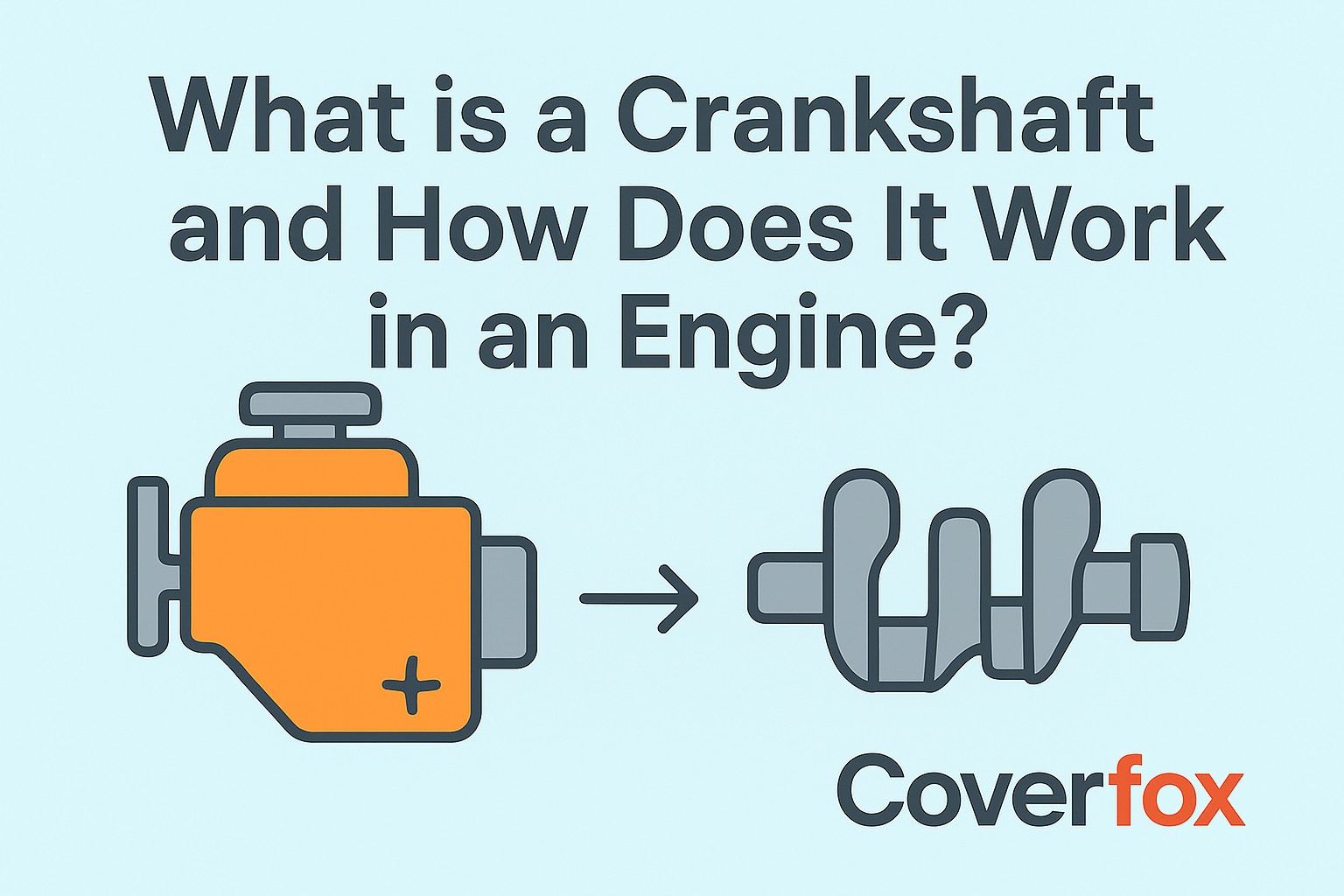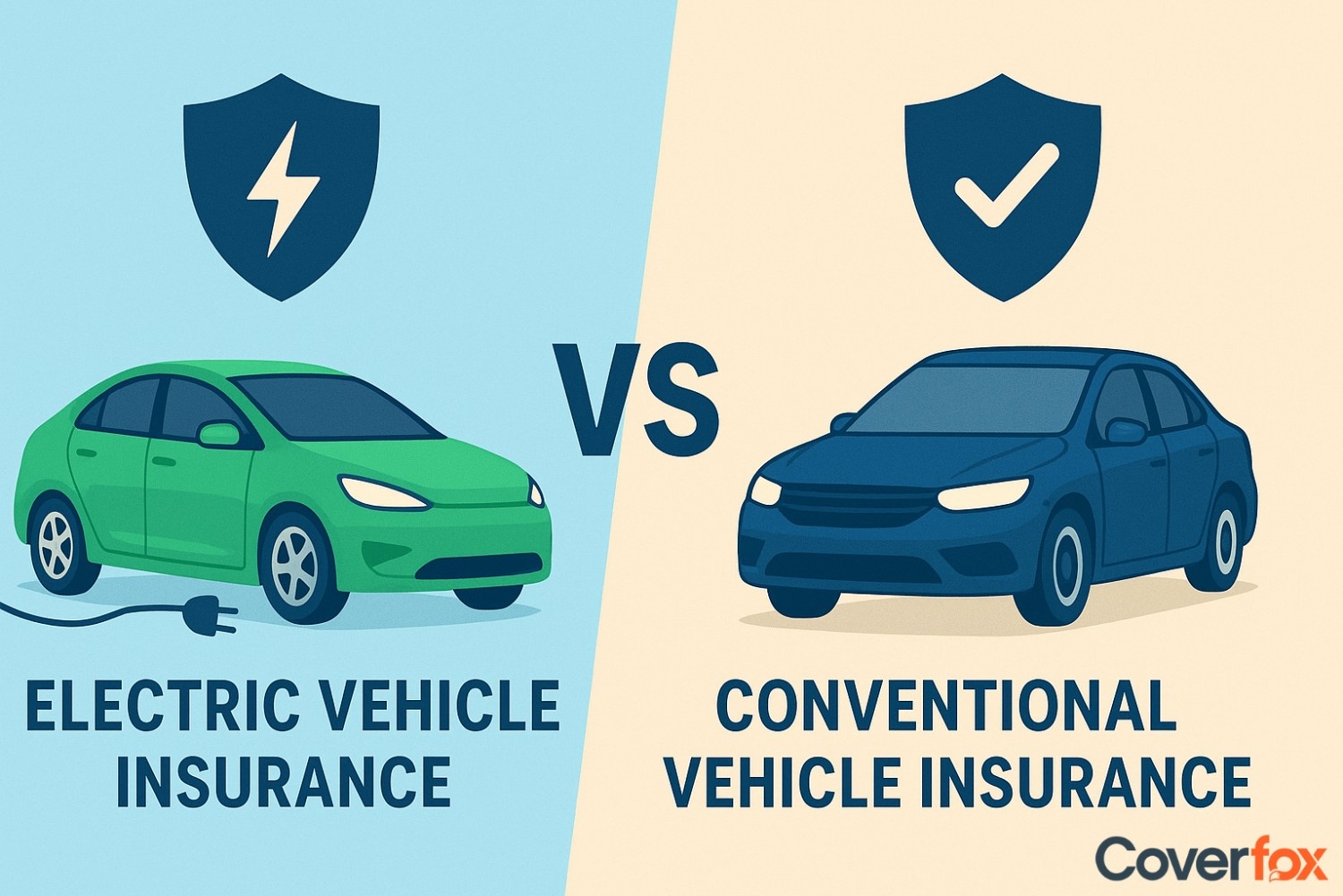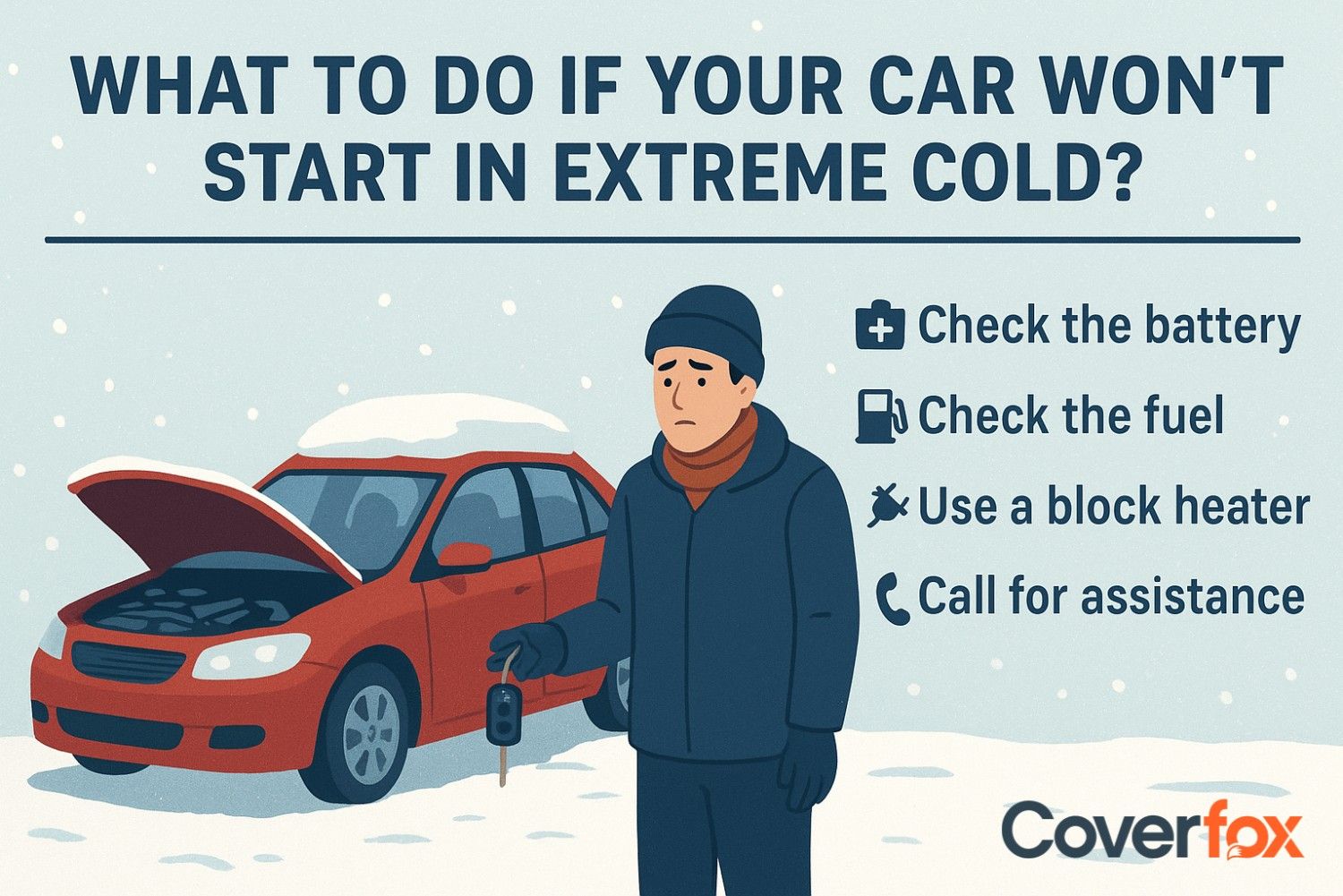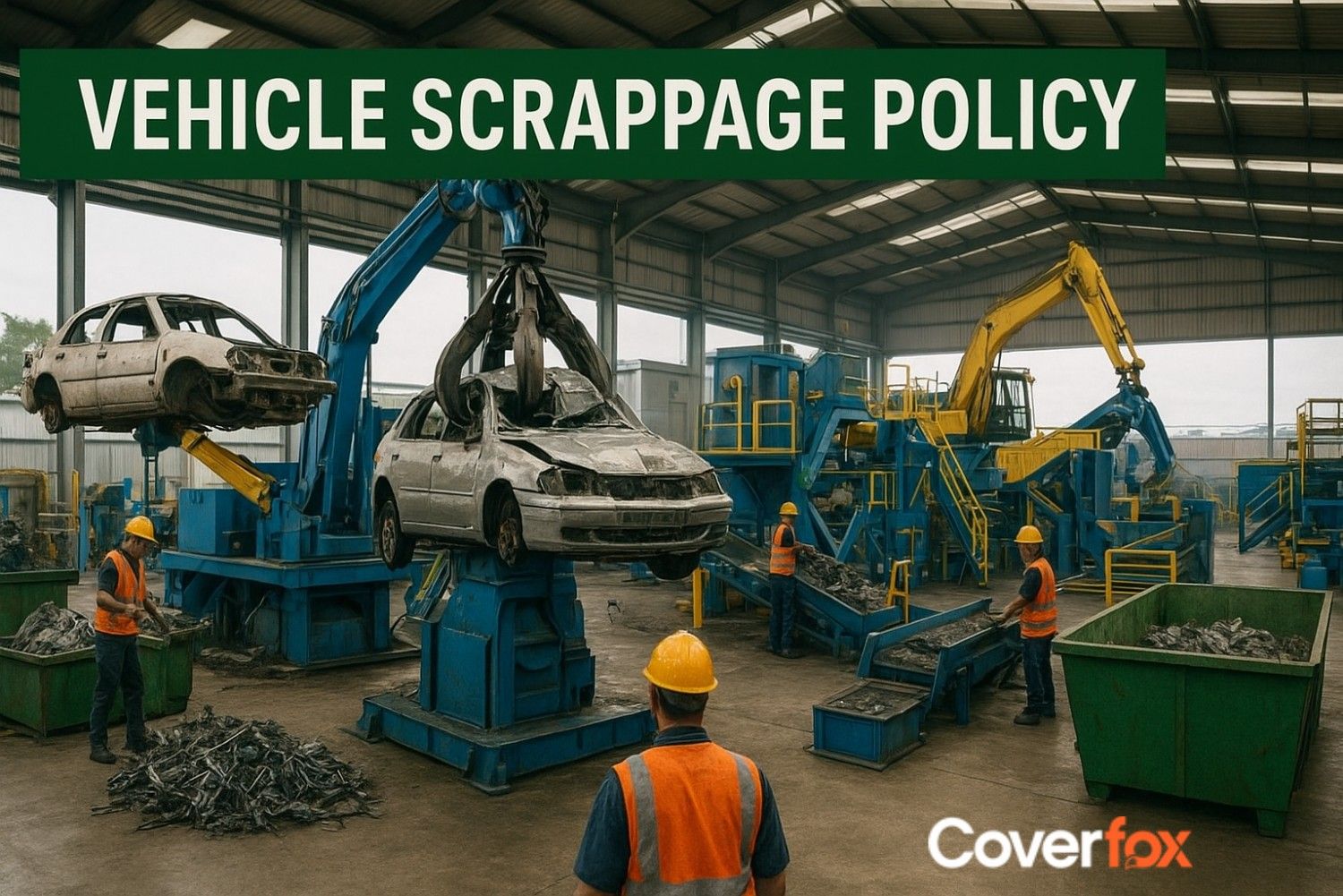Inside a car engine, multiple components operate in precise coordination to convert fuel combustion into motion. Among these, the crankshaft plays a vital role by transforming the pistons’ linear movement into rotational force, which ultimately drives the wheels.

A clear understanding of how such parts function not only simplifies maintenance but also helps prevent expensive mechanical failures. By monitoring and caring for critical components like the crankshaft, you can enhance vehicle performance, extend engine life, and ensure smoother driving. Just like car insurance protects you on the road, looking after your engine’s key parts protects you from unexpected breakdowns.
What is a Crankshaft?
A crankshaft is a key part of an engine that transforms the pistons’ vertical movement into a spinning motion that drives the car. It works by connecting itself to the pistons through rods, so every push from the pistons makes the crankshaft turn. This rotational motion is then transferred to the transmission and wheels, moving the vehicle forward. Crankshafts are typically made from forged steel, cast iron, or micro-alloyed steel, depending on the engine type. They must withstand enormous forces, often 2,000 - 5,000 cycles per minute in daily driving, without deforming. In simple terms, it’s the engine’s backbone, quietly turning power into motion with every drive.
Working Mechanism of a Crankshaft
As the crankshaft is the central component of the engine, it plays a vital role in keeping an engine alive and moving. Its working mechanism displays how various parts of the engine stay connected to function together. As the connecting rod pivots, it exerts force on the crank pin, turning the piston’s linear stroke into rotation. This is a classic example of converting reciprocating motion into rotary motion, the same principle used in steam engines and modern car engines. Understanding it makes it easier to understand how power is transferred in an engine.
1. Piston’s Linear Motion
- Combustion of the air-fuel mixture generates high pressure and forces the piston downward in a straight motion.
- The piston continuously moves up and down inside the cylinder and creates a repeated reciprocating motion.
2. Role of Connecting Rod
- The piston is connected to the crankshaft with a connecting rod.
- The connecting rod carries the piston’s motion and applies it to the crank pin on the crankshaft.
3. Conversion to Rotary Motion
- As the connecting rod moves, it pushes and pulls the crank pin.
- This changes the piston’s straight movement into continuous rotational motion.
4. Power Transmission
- The crankshaft rotates inside the primary bearings for support.
- A flywheel is attached at one of the ends to help maintain smooth rotation.
- This rotary power is passed from the crankshaft to the clutch through the gearbox and driveshaft to the wheels.
5. Balancing & Smooth Operation
- Counterweights help offset piston and rod forces to reduce vibrations and keep the crankshaft balanced.
- Oil passages allow lubrication to bearings as well as journals and lower the friction, wear, and heat.
Types of Crankshafts
Crankshafts differ depending on the engine design, manufacturing method, and performance conditions. Hence, it's important to choose the right type to ensure smooth operation, durability, and efficient power flow.
1. Flat Crankshaft
Flat crankshafts have crank throws aligned in the same plane, making them simpler in design. This type is mostly used in small engines and motorcycles as it reduces manufacturing complexity and cost.
2. Cross-Plane Crankshaft
Cross-plane crankshafts feature crank pins arranged at 90° angles, providing better balance and reducing vibrations. They are especially common in V8 engines for smoother performance.
3. Forged Crankshaft
Forged crankshafts are created by forging steel under very high pressure, which gives them superior strength and fatigue resistance. Their durability makes them ideal for heavy-duty and performance-oriented engines.
4. Cast Crankshaft
Cast crankshafts are produced by pouring molten metal into a mould, making them economical to manufacture. While widely used in medium-duty engines, they are less strong compared to forged types.
5. Billet Crankshaft
Billet crankshafts are machined from a single solid block of steel, ensuring exceptional strength and precision. Due to these qualities, they are preferred in racing and high-performance applications.
6. Micro-Alloyed Steel Crankshaft
Micro-alloyed steel crankshafts use small amounts of elements like vanadium, titanium, or niobium to enhance strength. They are lightweight, durable, and widely adopted in modern engines for efficiency.
Components in the Crankshaft of a Car
A crankshaft is constructed from numerous key components that work together to convert the piston’s linear motion into a rotational motion. Each part of the crankshaft is carefully designed to make sure that the engine runs smoothly and is durable.
1. Main Journals
The main journals are the primary bearings on which the crankshaft rotates. If journals wear out, the crankshaft won’t rotate smoothly, leading to knocking noises and power loss. It is supported by the engine block, and it ensures stability and smooth rotation during operation.
2. Crank Pins (Connecting Rod Journals)
Crank pins link the crankshaft to the connecting rods and are offset from the main journals. This offset allows the conversion of the pistons’ linear motion into rotary motion. Worn crank pins can disrupt power transfer from pistons, causing vibrations and reduced efficiency.
3. Crank Webs (Crank Arms)
Crank webs are the arms that connect the main journals to the crank pins. They provide the leverage needed to transform reciprocating piston motion into rotary motion. Weak or damaged crank webs reduce the engine balance and can lead to crankshaft failure under load.
4. Counterweights
Counterweights are carefully machined sections that balance the crankshaft during rotation. Without them, engines would suffer from vibrations, bearing wear, and even crankshaft failure at high speeds. Properly balanced counterweights ensure smoother operation, reduce stress on components, and prolong engine life.
5. Flywheel Mounting Flange
The flywheel mounting flange is located at one end of the crankshaft to hold the flywheel securely. It helps to balance engine rotation and stores kinetic energy for smoother power delivery. A loose or damaged flange can cause flywheel misalignment which leads to engine imbalance and starting issues.
6. Oil Passages
Oil passages are internal channels that supply lubrication to journals and bearings. They reduce friction, heat, and wear, ensuring longer engine life and reliable performance. Blocked oil passages can cut off bearings of lubrication, causing overheating, seizure, and severe engine damage.
7. Timing Gear or Sprocket Mount
The timing gear or sprocket mount is positioned at one end of the crankshaft. It connects to the camshaft through a chain or belt, maintaining proper valve timing and synchronisation. Faults in the timing gear mount disturb valve timing, which can cause misfires, power loss, or even engine damage.
Advantages and Disadvantages of a Crankshaft
A crankshaft is a vital part of any engine and plays a key role in turning piston movement into usable power. While it offers major performance benefits, it also comes with some limitations that can affect engine efficiency and maintenance.
| Advantages | Disadvantages |
|---|---|
| Converts the piston’s linear motion into rotary motion smoothly. | It's prone to fatigue and wear under high stress. |
| Enables smooth power transmission to the drivetrain and wheels. | Requires accurate manufacturing and which increases cost. |
| Supports engine balance with counterweights and reduces the vibrations. | Heavy crankshafts tend to add engine weight and reduce efficiency. |
| It can be made from strong materials like forged steel for durability. | Improper lubrication or design can lead to crankshaft failure. |
| Compatible with various engine types and designs. | Repairs or replacement are complex and labour-demanding. |
Common Causes of Crankshaft Failure
If the crankshaft fails, it can result in significant engine damage. It is often caused by stress, poor maintenance, or design flaws. Here are some of the causes that help to prevent costly repairs and increase engine life.
1. Fatigue
Fatigue cracks usually begin at stress concentration points such as fillets. Over thousands of cycles, these cracks grow until a sudden fracture occurs.
2. Improper Lubrication
Lack of adequate oil or use of poor-quality oil can increase the friction in the crankshaft. Faulty oiling can cause overheating, bearing damage, and eventually crankshaft failure.
3. Manufacturing Defects
Crankshaft gets weak with some flaws like inclusions, voids, or improper heat treatment, making it exposed to premature cracking or breakage.
4. Misalignment
Improper installation of bearings, connecting rods, or main journals leads to crankshaft damage. Poor alignment causes uneven stress distribution and eventual failure.
5. Corrosion
If exposed to moisture, acids, or contaminants, the crankshaft surface rusts. Corrosion reduces its strength and speeds up wear.
6. Excessive Vibration
Imbalance in the crankshaft or engine creates destructive vibrations, which over time lead to fatigue and cracks.
Crankshaft Maintenance Tips
Proper maintenance of the crankshaft is necessary, as it ensures smooth engine operation, prolongs its life, and prevents costly failures. Regular checks and careful handling are essential. So, these are some of the maintenance tips for your crankshaft:
1. Regular Lubrication
Timely lubrication is important as it ensures that the engine works properly and smoothly. You should always use oil that meets the API SN (American Petroleum Institute’s SN service category) or ILSAC GF-6 standard recommended by your manufacturer, since low-grade oil may save money upfront, but it accelerates wear on journals and bearings, eventually leading to crankshaft damage. Replace every 10,000 km or 12 months.
2. Check for Wear and Tear
It is essential to regularly inspect all the components, such as main journals, crank pins, and fillets, to ensure there are no signs of scoring or cracks. Inspect journals and pins for cracks every 20,000–30,000 km. In case you find any damaged parts, they should be replaced or repaired promptly.
3. Proper Engine Loading
To keep the crankshaft in good condition, you should avoid overloading or sudden high-speed acceleration that puts unnecessary stress on it, and always follow the engine operating limits recommended by the manufacturer. Monitor engine performance and check load history during regular servicing and every 15,000–20,000 km when driving your vehicle.
4. Maintain Alignment
Another key factor is to make sure that bearings, connecting rods, and the crankshaft remain correctly aligned, since misalignment can result in uneven stress and lead to premature failure. Ensure to check alignment during every major service using dial gauges or specialised alignment tools.
5. Keep Engine Clean
Engine cleanliness plays a vital role in crankshaft life. You must prevent dirt, debris, or contaminants from entering the lubrication system and clean the oil passages regularly to maintain proper lubrication. Inspect and flush oil passages every 30,000 km or when sludge buildup is suspected. Replace the oil filter at every oil change.
6. Monitor Vibrations
During engine operation, it is important to check for unusual vibrations, as any imbalance should be corrected immediately to prevent fatigue damage to the crankshaft. Use vibration analysis tools or manually monitor during every service interval, or approximately every 10,000–15,000 km when out.
7. Professional Inspection
Finally, the crankshaft should be inspected by a qualified mechanic periodically, using techniques such as magnetic particle inspection every 50,000 km or dye penetrant testing to detect cracks at an early stage for high-performance.
Summing Up
An upkept crankshaft is key to the engine’s smooth operation. Hence, understanding the crankshaft and its components is essential for seamless engine performance and durability. Regular monitoring, wear, proper lubrication, and alignment help in preventing damage and extending engine life. Choosing the appropriate type and material ensures better performance and efficiency. Similarly, getting the right car insurance can keep you safe from sudden mishaps and unexpected financial burden.
Also Read:
Frequently Asked Questions
What exactly does a crankshaft do?
A crankshaft converts the pistons’ straight motion into rotary motion to drive the vehicle.
Why is the crankshaft so important in an engine?
The crankshaft is a central key component of engine operation, which enables power transfer and smooth motion.
What are the different types of crankshafts?
Flat, cross-plane, forged, cast, billet, and micro-alloyed steel are some of the crankshaft types.
How does a crankshaft work in a car engine?
It receives motion from the pistons via connecting rods, and then it rotates to transmit power to the drivetrain.
What happens if a crankshaft fails?
A crankshaft failure usually results in complete engine seizure. The pistons can no longer move, which may damage the cylinder block, bearings, and transmission. In most cases, the engine requires a full rebuild or replacement.
Can I drive with a damaged crankshaft?
No, driving with a damaged crankshaft can worsen damage and may also lead to complete engine failure.
How can I extend the life of my crankshaft?
By regularly maintaining proper lubrication, correct alignment, avoiding overload, and performing timely inspections, your crankshaft can gain longevity.
How much does it cost to repair or replace a crankshaft in India?
In India, generally it costs around ₹5000-₹15,000 to repair a crankshaft and around ₹20,000-₹50,000 to replace it, depending on the damage caused, the car and its model.
Which crankshaft type is best for racing cars?
Crankshafts built from billet steel and forged steel are considered to be best for racing cars due to their durability, strength and high RPM.
What are the signs of a failing crankshaft?
Knocking noise, engine failing to start, a rough or vibrating engine, a loss of power during acceleration, decreased fuel economy, etc, are some of the signs of a failing crankshaft.





